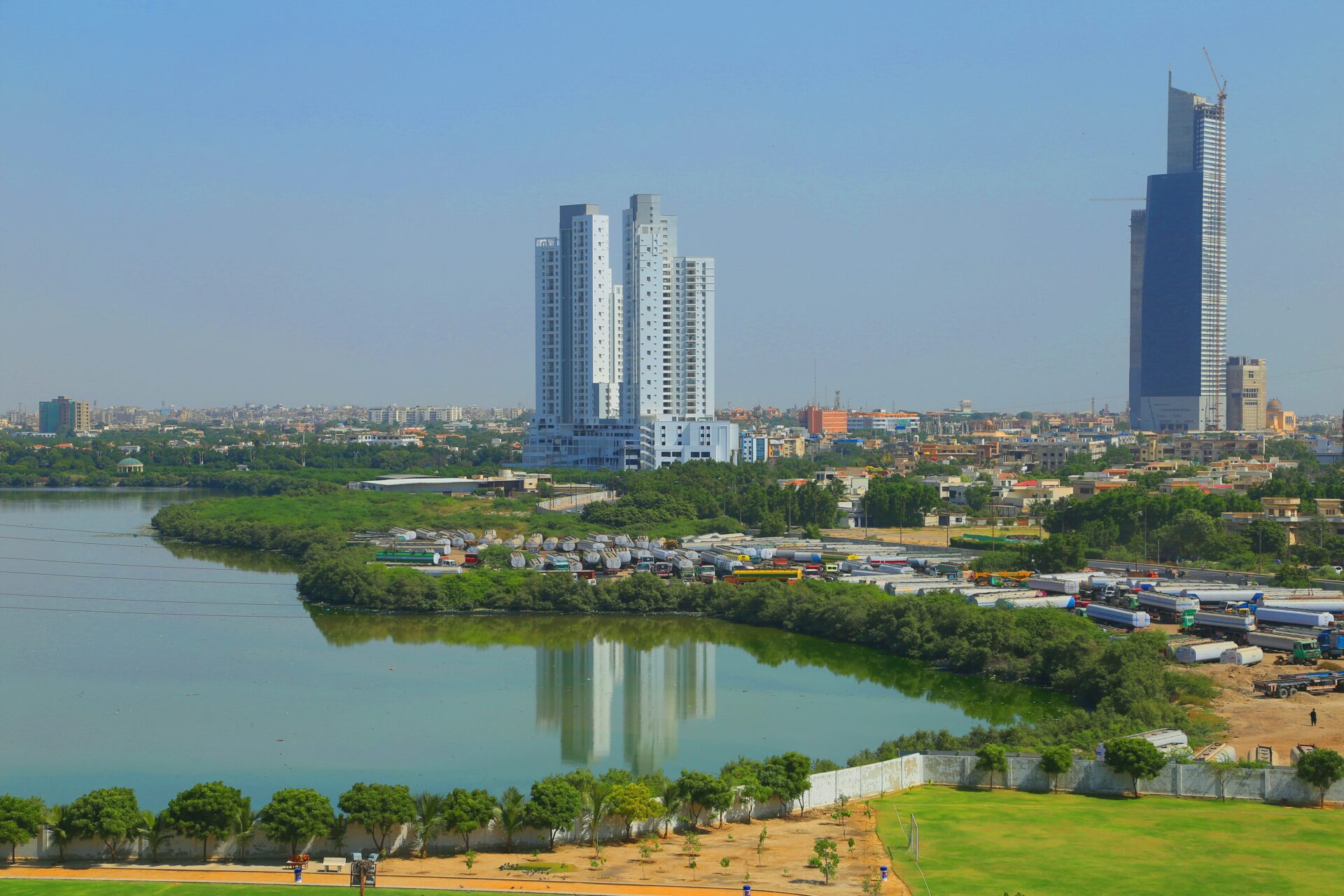Make in India – Shaping the Future of Manufacturing
Make in India is a major national program launched by the government of India in September 2014, to facilitate investment, innovation, enhance skill development, protect intellectual property and build best-in-class manufacturing infrastructure in the country.
The primary objective of the initiative is to attract foreign investments and strengthen India’s manufacturing sector. The program focuses on 25 sectors in the country namely: automobiles, automobile components, aviation, biotechnology, chemicals, construction, defense manufacturing electrical machinery, electronic systems, food processing, IT & BPM, leather, media and entertainment, mining, oil and gas, pharmaceuticals, ports and shipping, railways, renewable energy, roads and highways, space, textile and garments, thermal power, tourism and hospitality and wellness.
It’s been eight years since the launch of the program. We try to understand what has been its progress amid a global pandemic; and what is required to ensure India’s Make in India approach is successful.
This is one of the topics being discussed in the upcoming Horasis India Meeting, which will be held between 25 to 26 September, 2022 in Vietnam. The meeting will bring together 300 of the most senior members of Horasis to inspire India’s next big leap.
What all does the Initiative Include
Going in-depth, the plan is skillfully webbed into allowing more foreign investments through reforms to enhance the way India does business.
It has plans to develop 5 industrial corridors along with 21 new nodal industrial cities across the country. One of the biggest industrial corridors has been planned at a cost of US$100 billion, which will cover an overall length of 1483 kms, starting from its capital state Delhi and joining its economic hub Mumbai.
Other infrastructure areas are under the lens to be further strengthened as part of the program. New railway stations with high-speed railways have been initiated. India’s ports and inland waterways are also being developed at a project outlay of US$10 billion. The aviation industry is being further strengthened to cater to international and domestic traffic with the target of making it the 3rd largest by 2030.
The startup initiative was also launched under the program to encourage growth of the startup ecosystem, that encourages growth of innovation and R&D in emerging technologies. Incorporation of a company has been reduced from 10 days to 1 day. Validity of industrial license has been extended to 7 years from 3 years; while the number of documents required for exports and imports have been reduced from 11 to 3. Foreign investors now have the freedom to own a permanent residency status, allowing them to live in India for 10 years.
Major FDI Reforms
Some major FDI reforms have also been implemented in the targeted sectors to ease flow of investments into these industries.
Up to 74% of the entire defense sector has been opened to foreign investments through both the automatic and government route. Meanwhile sectors such as civil aviation, railways, construction, pharma, agriculture, telecom, e-commerce, retail, mining and petroleum can all receive 100% foreign investments.
This is a strategic move, considering that some of these sectors qualify under essential and critical sectors in today’s time. This shift in policy shows a renewed outlook in India that is now more open to the idea of collaboration and growth.
Unlock Productivity
These policies are a clear indication that India means business. And to ensure the country continues strong towards its home run, it will need to actively invest and bring awareness towards skills development in STEM (science, technology, engineering and math); nurture growth of R&D hubs around the country; create favorable ground for the development of innovative products and services; and an effective governance framework.
Skills development will be one of the first things that will need addressing. More than half of India’s businesses were unable to fill required jobs due to lack of skills and the ILO anticipates a talent shortage of 29 million by 2030. Some of the immediate steps that India can take to address this are to include mainstream skills in the educational system and higher education curriculum that is aligned with industry demands.
Moving forward, digitalization will be a core element that will dictate progress. This entails not only smart cities, but also a smart workforce that is equipped with the knowledge of emerging technologies such as AI, data analytics, internet of things and cloud computing. Adoption and use of technologies should be resilient to future crises and sustainable.
Active digitalization, coupled with a tech-enabled workforce are traits that will be much sought after as India progresses in its push towards becoming a global manufacturing hub.
Photo Caption: India has the potential to become a manufacturing hub.




